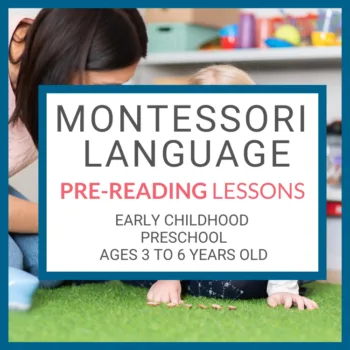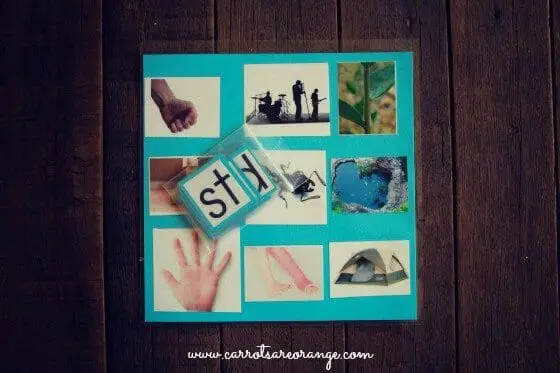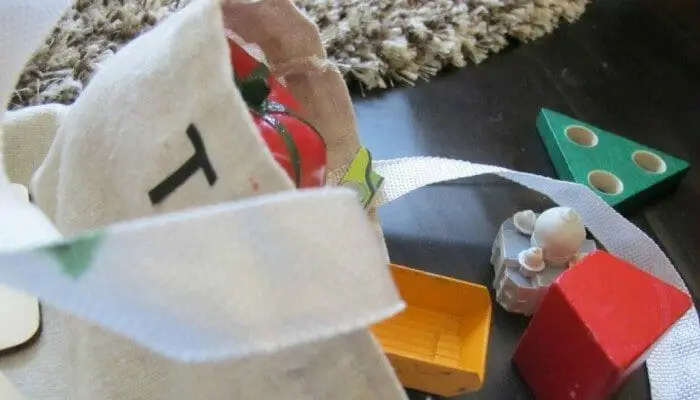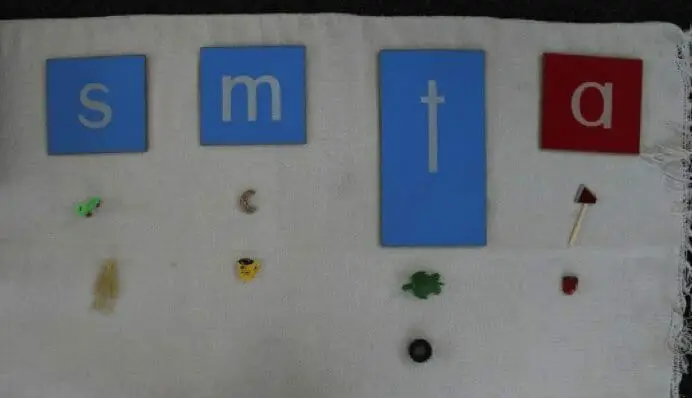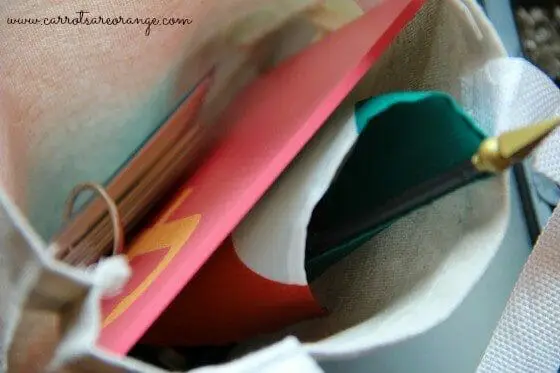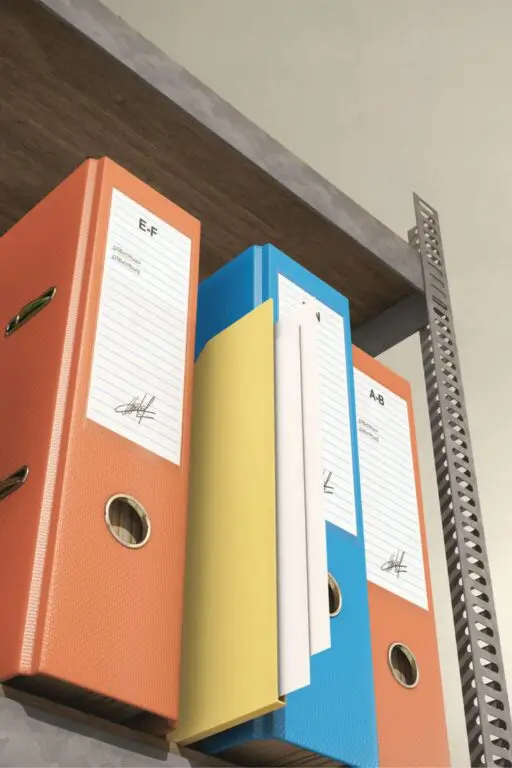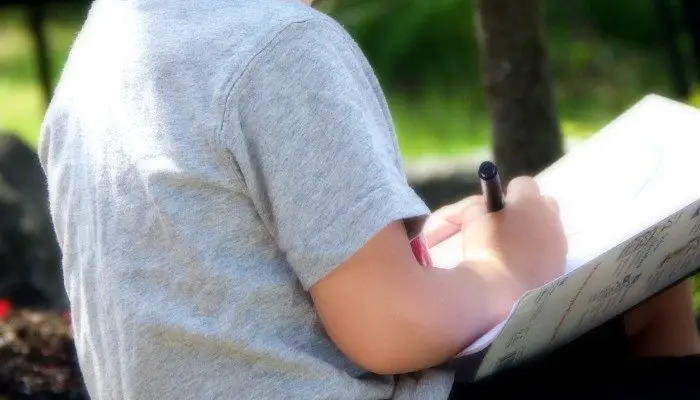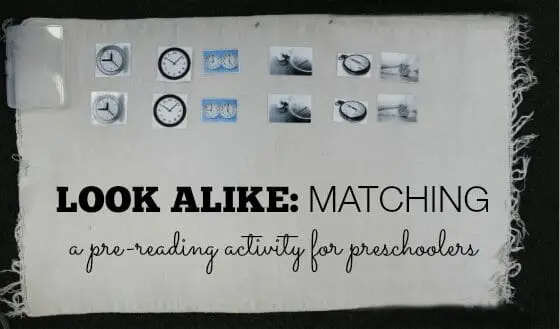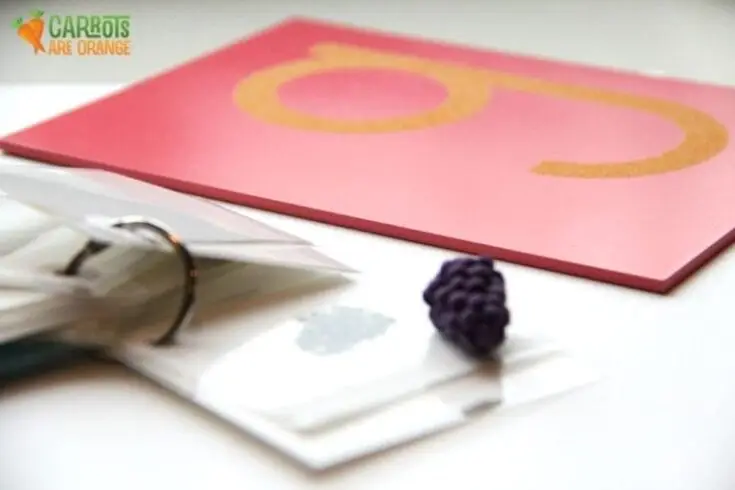I earn commissions from my affiliated links. Please see my disclosure policy for more details.
A language is a powerful tool. Understanding its inner workings can provide countless advantages for developing minds. In Montessori, the language sequence progresses from introducing sounds all the way to full sentence composition, emphasizing reading and written language along with grammar.
With this in mind, today's blog post aims to explore these steps of the Montessori learning process as it pertains to acquiring language fluency. Through this deep dive into each lesson within the sequence, parents and teachers alike will gain an enriched appreciation of how foundational knowledge is acquired.
Through interactive activities that become progressively more complex with each stage — help learners young and old understand more nuance within their own communication styles.
Let’s begin our exploration!
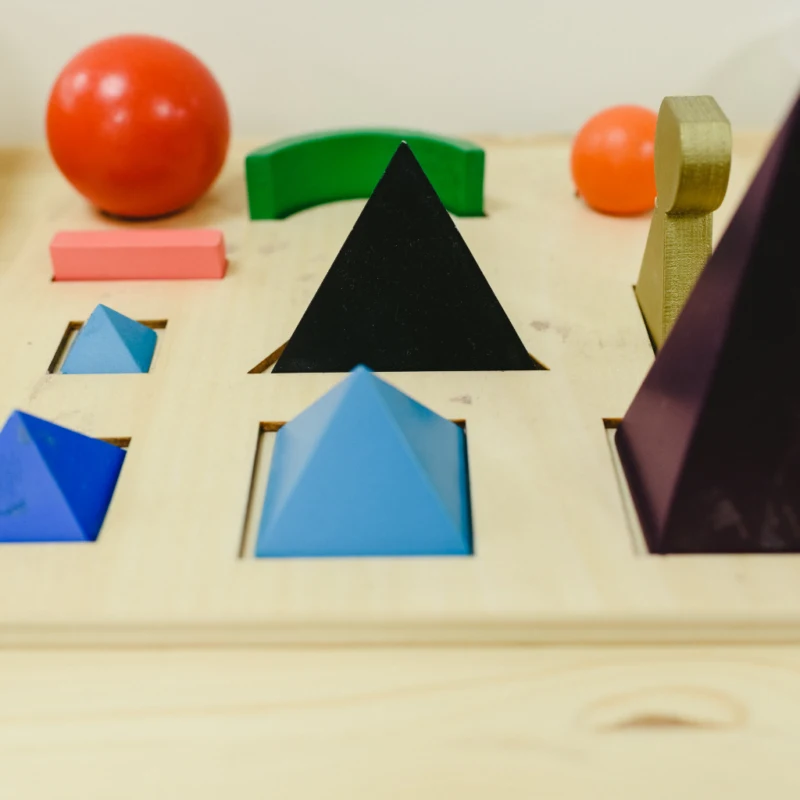
What is the sequence of language in Montessori?
Do you feel lost when it comes to teaching Montessori language arts?
Well, don't worry, because you're not alone. Many teachers and homeschoolers feel overwhelmed when teaching language, grammar, and comprehension.
But luckily, the Montessori method offers a sequence of lessons, a tried and true approach, that can help make teaching language arts a bit easier to digest. This post will look at the Montessori language sequence of lessons.
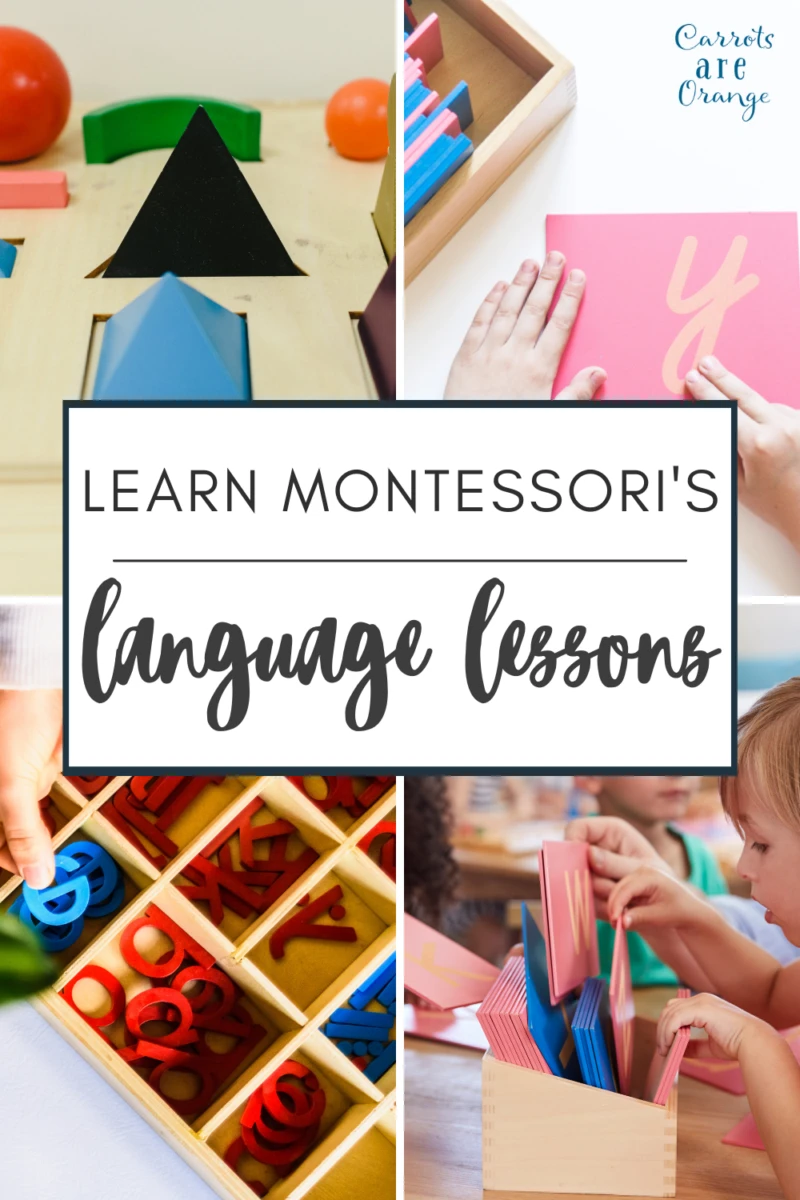
>> Download the Montessori Language Sequence of Lessons <<
This Montessori Language Sequence of Lessons is the one I learned in training. I hope you find it helpful. Please get in touch with me with any questions or comments.

Montessori Language Sequence of Lessons
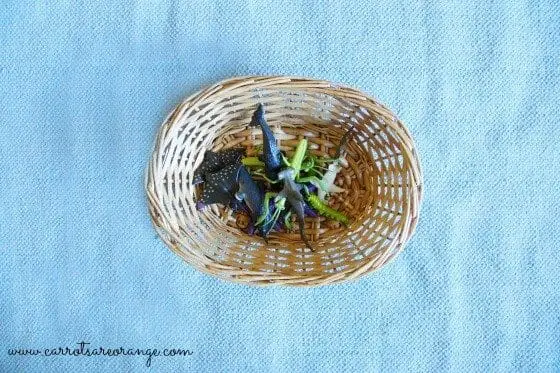
Pre-Reading & Writing Montessori Lessons
Many Montessori lessons begin language work well before a child grasps reading and writing. Remember, there is a range of development.
Creating an environment to cultivate a love of language can be done through various activities. Provide books that the child is interested in, and encourage them to explore those books on their own time.
Additionally, create word walls with simple words around the house – like sight words or words related to daily routines and activities. This will help them begin to recognize and identify words while also creating a visual representation of those words. It’s helpful for young learners when they are able to see the connection between what they’re saying and how it’s written.
Have them draw pictures that represent each word, as this will help them shape an understanding of how symbols in writing represent spoken language.
Lastly, speak often with your child both formally and informally about different topics; this will help them gain an understanding of structure in sentences as well as develop their vocabulary.
With these tools and strategies, children can cultivate a lifelong love for reading and writing without ever feeling overwhelmed or underprepared.
Authentic Montessori Pre-Reading Activities
- 3-period lesson – a crucial foundational lesson for the guide.
- Object to Object Matching
- Object to Picture Matching
- Picture-to-Picture Matching: Small to Large
- Look Alike: Matching
- Simple Nomenclature Cards
- Classification: Category
- Classification: Does Not Belong
- Simple Patterns
- Story Sequence Cards
- Metal Insets
- Pin Punching
- Silence Game

Montessori Language Pink Level
In the Montessori language curriculum, the Pink Level is an important stage that serves as the foundation for early language development and literacy skills. It is typically the starting point for children who are beginning to explore the world of reading and writing.
The Pink Level materials and activities are designed to introduce children to phonetic sounds, letter recognition, and basic vocabulary building. It aims to develop their phonemic awareness, which is the ability to recognize and manipulate individual sounds in words.
In a Montessori classroom, you will find various materials specifically tailored for the Pink Level. One of the key materials consists of phonetic word cards and corresponding picture cards. These cards help children associate sounds with letters and learn to blend sounds to form simple words.
Another essential tool in the Pink Level is the “Moveable Alphabet.” It is a collection of small wooden or plastic letters that children can manipulate to build words. This hands-on activity allows them to practice letter recognition, phonetic spelling, and early word formation.
In addition to phonetic activities, the Pink Level also incorporates vocabulary enrichment through the use of picture cards, object-to-picture matching activities, and naming exercises. Children expand their vocabulary by learning the names of various objects, animals, and everyday items.
Furthermore, storytelling and reading aloud play an important role in the Pink Level. Teachers read stories to the children, exposing them to different genres, building listening comprehension, and fostering a love for literature.
The Pink Level in the Montessori language curriculum lays the groundwork for future language and literacy development. It provides a solid foundation for phonetic awareness, letter recognition, and basic vocabulary. The activities and materials used at this level engage children in hands-on, multisensory experiences, promoting active learning and exploration.

Children progress at their own pace through the Pink Level, guided and supported by their teachers. The emphasis is on nurturing their curiosity, building their confidence, and instilling a lifelong love for language and reading.
Overall, the Pink Level is an exciting stage where children take their first steps toward reading and writing. It sets the stage for their language journey, laying a strong foundation for future language skills and literacy development.
The Montessori Language Pink Level is perfect for preschoolers as it introduces them to the beginning and ending sounds of words. Through the pink series, children learn about CVC words [aka short vowel words], helping them make connections between letters and sounds.
Download Montessori Pink Level Lessons
By the end of the pink level, children are confidently able to work independently with reading, writing, and spelling activities that are tailored to each individual's needs. The unique features of this program help preschoolers develop an understanding of phonemes and soon – at the blue level – their corresponding graphemes which they can take with them into primary school.
The pink level is the first concrete step in reading and writing. The materials are beautiful and multi-sensory. For example, while the child sounds out a letter (an important point, and you can let the child know: a symbol for the sound, while the alphabet organizes letters for us), he is also tracing the sandpaper letter.
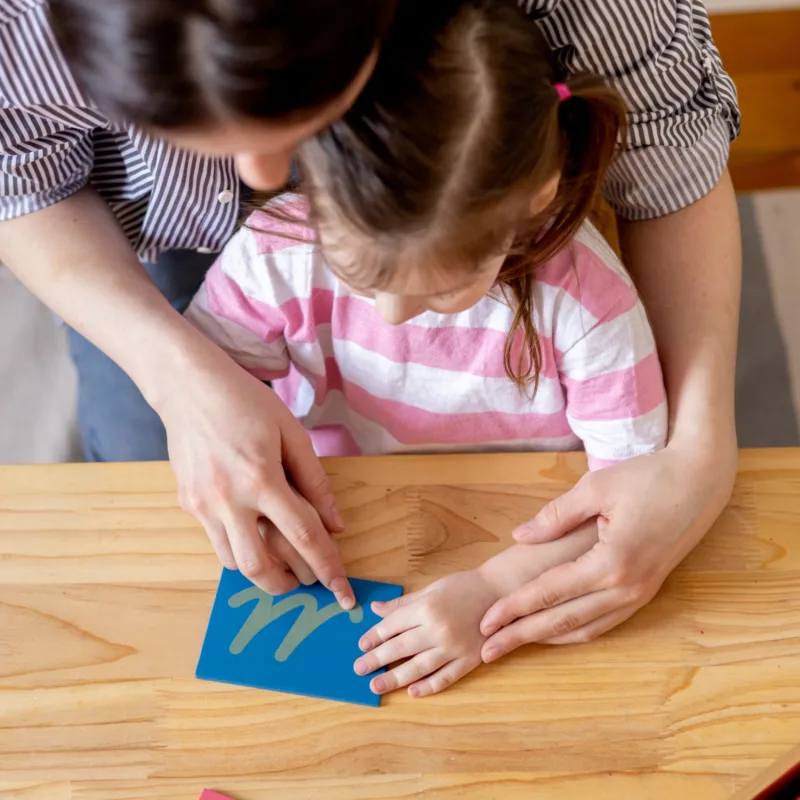
Montessori Pink Level Lessons
- Sandpaper Letters
- Initial Sounds: Objects and Sandpaper Letter Groupings
- Initial Word Building Sandpaper Letters
- Introduction to the Movable Alphabet
- Association of the Movable Alphabet and the Sandpaper Letters
- Short Vowel Word Building: Movable Alphabet and Sandpaper Letters
- Movable Alphabet: Short Vowel Words with Objects
- Movable Alphabet: Short Vowel Words with Pictures
- Short Vowel Word Labels and Objects
- Short Vowel Word Labels and Pictures
- Mixed Objects: Writing 3-Letter Words
- Mixed Pictures: Writing 3-Letter Words
- Short Vowel Command Cards
- Introduction to Pink-Level Sight Words
- Short Vowel Command Cards: Word Phrases
- Short Vowel Sentence Booklets
Montessori Language Blue Level
At the Blue Level, children typically have a solid foundation in letter sounds and basic phonetic reading. They are ready to expand their knowledge and dive deeper into language exploration. The Blue Level materials and activities focus on introducing more complex phonetic patterns, vocabulary building, and sentence structure.
In the Montessori classroom, you will find various materials that support the Blue Level curriculum. For example, one key material includes a set of phonetic word cards and corresponding picture cards. These cards help children practice blending sounds and reading words with more advanced phonetic patterns.
The Montessori Blue Level provides a comprehensive and systematic approach to language development. It builds upon the skills and knowledge acquired in previous levels, promoting a deeper understanding of language and literacy. Children continue to progress at their own pace, supported by the Montessori materials and the guidance of their teachers.
Overall, the Blue Level is an exciting stage in the Montessori language curriculum, where children further refine their reading, writing, and language comprehension skills. It fosters a love for language and empowers children to become confident communicators and lifelong learners.
The Blue level moves the child from concrete to abstract with more advanced letter-sound combinations and vocabulary.
Montessori Blue Level Activities
- Digraph Sandpaper Letters
- Consonant Digraph Word Building: Movable Alphabet & Sandpaper Letters
- Movable Alphabet: Consonant Digraphs and Objects (or Pictures)
- Consonant Digraph Word Labels and Objects (or Pictures)
- Mixed Consonant Digraph Object Box
- Mixed Consonant Digraph Picture Box
- Consonant Digraph Command Cards
- Consonant Digraph Command Cards: Word Phrases
- Consonant Digraph Compound Words
- Consonant Digraph Compound Word List
- Consonant Digraph Sentence Strips
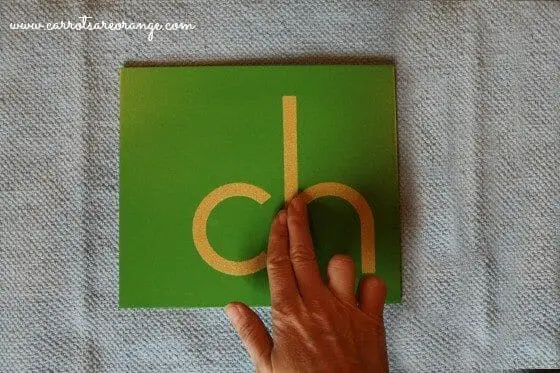
Montessori Language Green Level
In the Montessori language curriculum, the Green Level is an important stage that builds upon the foundation established in the Blue Level. It focuses on expanding children's reading and writing skills and further developing their language comprehension.
At the Green Level, children continue to explore phonetic sounds and expand their vocabulary. They move beyond basic word building and begin to delve into more complex phonetic patterns and word structures.
One of the key materials used in the Green Level consists of phonetic word cards that introduce children to words with more advanced phonetic combinations. By practicing with these cards, children gain confidence in decoding and blending sounds, enabling them to read words with increasing complexity.
In addition to phonetic activities, the Green Level incorporates sentence building and grammar exploration. Children are introduced to parts of speech, such as nouns, verbs, and adjectives, through materials like the “Grammar Farm” or “Grammar Symbols.” They learn to analyze and construct sentences, further enhancing their understanding of sentence structure and grammar rules.
The final and most advanced level in the Montessori early childhood language sequence. Grammar can begin to be introduced at this time, too.
Overall, the Green Level is an exciting stage where children continue to blossom as readers, writers, and communicators. It prepares them for more advanced language exploration and sets the stage for a lifelong love of language and literacy.
Montessori Green Level Activities
- Phonogram Word Lists
- Silent (Mute) /e/
- Movable Alphabet: Phonograms and Objects (or Pictures)
- Phonograms: Word Labels and Objects
- Phonograms: Word Labels and Pictures
- Phonograms: Booklets and Objects
- Mixed Phonogram Object Box
- Green Level Sight Words
- Sentence Strips
- Classified Nomenclature Cards
- Environment Pictures with Labels
Download the Language Lesson Sequence
Montessori Language Resources
- Object Boxes from Montessori Services
- Montessori Lower and Capital Case Sandpaper Letters w/ Boxes
- Safari Toobs
- Japanese Erasers
- Small Chalkboard
- Language downloads from Montessori Printshop
- Metal Insets
and Metal Inset Tray
- Letter Formation: Tracing Guide
- Montessori: Letter Work
- Montessori Small Wooden Movable Alphabet with Box (Red & Blue, 5mm thick)
- Pin Punching Set
- Pin Poking downloads from Montessori Printshop
- Laminator
- Laminating Pouches
- Paper Cutter
- Card Stock
- Colored Pencils
- Padded Blank Labels
- Wide-Ruled Loose Leaf Paper
- Mini Clipboard
- Tracing Paper
- Sticker Book
- Language Object Starter Sets
- Sand Tray
- Preparation for Reading & Writing
- Pin Punching SetMoveable Alphabet
- Object Boxes from Montessori Services
- Digraph Sandpaper Letters

